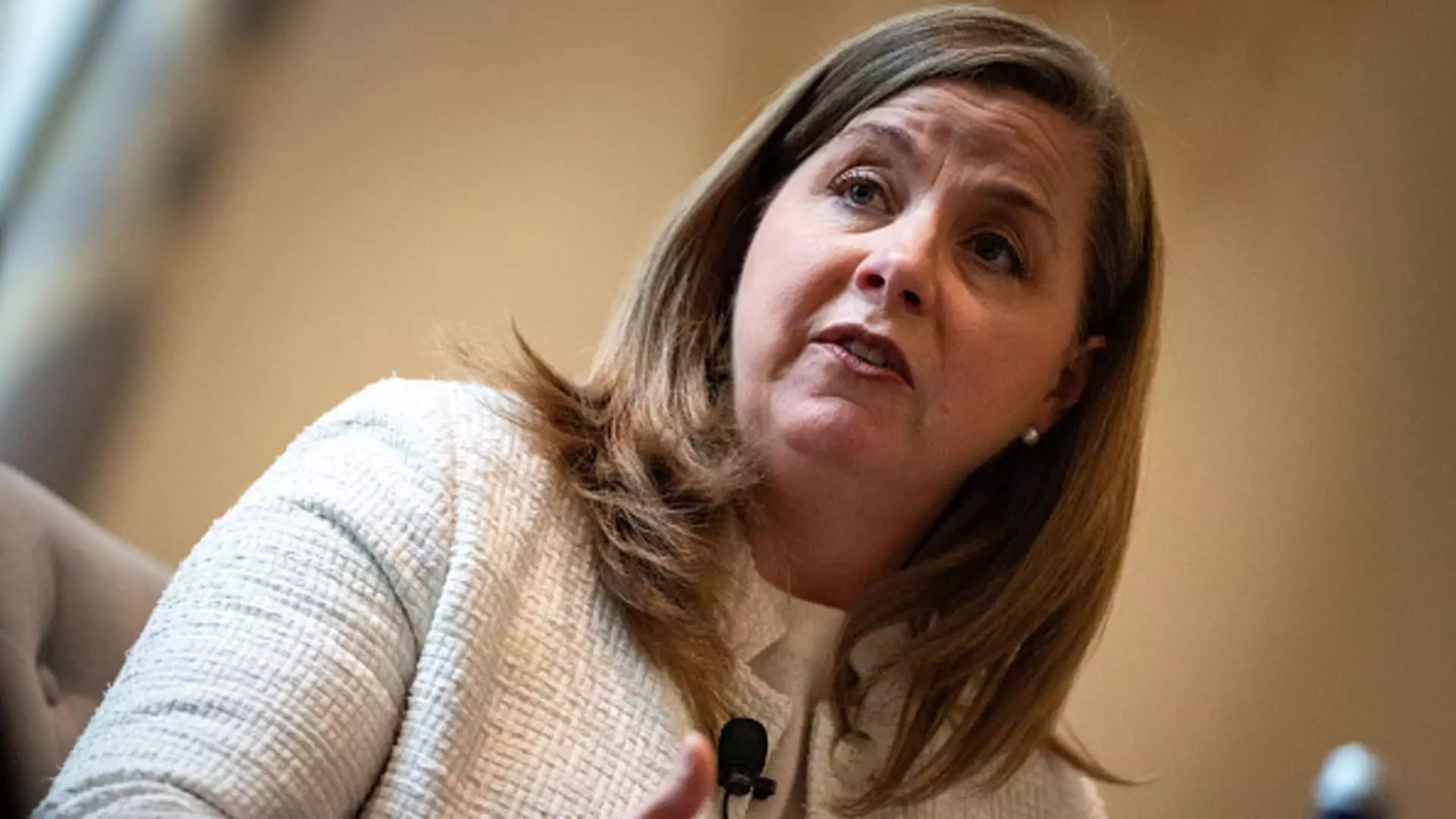As the cornerstone of the United States’ monetary policy, the Federal Reserve’s decisions significantly impact the economy. Recently, Federal Reserve Governor Michelle Bowman articulated her perspective on the central bank’s interest rate strategy, emphasizing a cautious but steady approach. Her insights shine a light on ongoing tensions regarding inflation rates, economic growth, and future policy directions, offering a framework to understand the complexities within the current economic climate.
In her address to bankers in California, Bowman endorsed the interest rate cuts that the Federal Reserve enacted at the end of 2023. She believes that the quarter-point reduction in December ought to mark the conclusion of the current cycle of reductions. This position is particularly noteworthy given the overarching narrative surrounding monetary policy, where inflation slightly exceeds the Federal Reserve’s target of 2%. The rationale behind her endorsement lies in what she terms a “policy recalibration phase,” suggesting that the Federal Open Market Committee (FOMC) must now assess the broader implications of its rate adjustment decisions.
Despite ongoing inflationary pressures, which Bowman expresses concerns about, she reiterated the stance that the present policy rate clicks closely with what is considered “neutral.” This label signifies a level where monetary policy neither fuels economic growth nor hinders it. Bowman’s remarks invite scrutiny regarding whether the rate reductions have indeed nudged the economy towards a state of equilibrium or if they may have inadvertently fomented inflationary pressures.
One salient point in Bowman’s argument revolves around the “upside risks to inflation.” The Federal Reserve’s preferred inflation gauge reported figures at 2.4% in November, with core inflation, that excludes volatile food and energy sectors, brushing even higher at 2.8%. These figures suggest that while there has been a notable decline in inflation throughout 2023, the momentum appears to have hit a plateau, with core inflation remaining stubbornly above the Fed’s target. The implications of this stagnation cannot be overstated. The persistence of elevated inflation rates challenges the central bank’s credibility and stirs fears of eroding consumer purchasing power.
Bowman’s perspective contrasts starkly with other members of the FOMC who, during the December meeting, conveyed greater optimism regarding the return to the 2% inflation target, tentatively predicting adherence to that target by 2027. This diversity of views within the committee reflects a broader debate about the effectiveness and timing of monetary policy in addressing inflationary trends.
The divergent line of thought within the FOMC came to the forefront with comments from other prominent members, such as Governors Christopher Waller and regional Presidents Susan Collins and Patrick Harker. While Bowman paints a cautious picture, noting the risks tied to further relaxing monetary policy, Waller adopts a more sanguine viewpoint, suggesting that observed price moderation supports a future reduction in the policy rate. Collins and Harker, too, convey optimism about potential rate cuts in the coming year. This internal debate highlights an essential dynamic in monetary policy discussions: balancing inflation control with fostering economic growth.
The differences among the committee members underscore the complexities embedded in effective monetary governance. With inflation dynamics shifting and uncertainties surrounding global economic conditions, the FOMC navigates a tightrope of risk management.
Bowman’s preemptive advice to her colleagues about examining economic policies under the forthcoming Trump administration resonates with the need for vigilance and adaptability. Her caution against prejudging potential economic policies, especially concerning tariffs and immigration, emphasizes the interconnectedness of fiscal and monetary strategies. The collective anxieties regarding how these policies may influence inflation and the overall economy will loom large in coming discussions.
Moreover, notable stock market gains and rising Treasury yields, which Bowman highlights, symbolize the unmistakable interplay between investor sentiment and monetary policy. As stock market performance often reflects broader economic health, a gradual approach to policy adjustments remains paramount.
In parsing the insights delivered by Michelle Bowman, one discerns a preference for measured and thoughtful adjustments to monetary policy in the face of persistent inflationary risks. As the Federal Reserve lays out its trajectory in 2024 and beyond, the ongoing dialogues within the FOMC will be instrumental in shaping a stable economic landscape, deftly addressing the dual mandates of promoting maximum employment while ensuring price stability. These deliberations will demand both precision and foresight to navigate the uncertain economic environment effectively.

